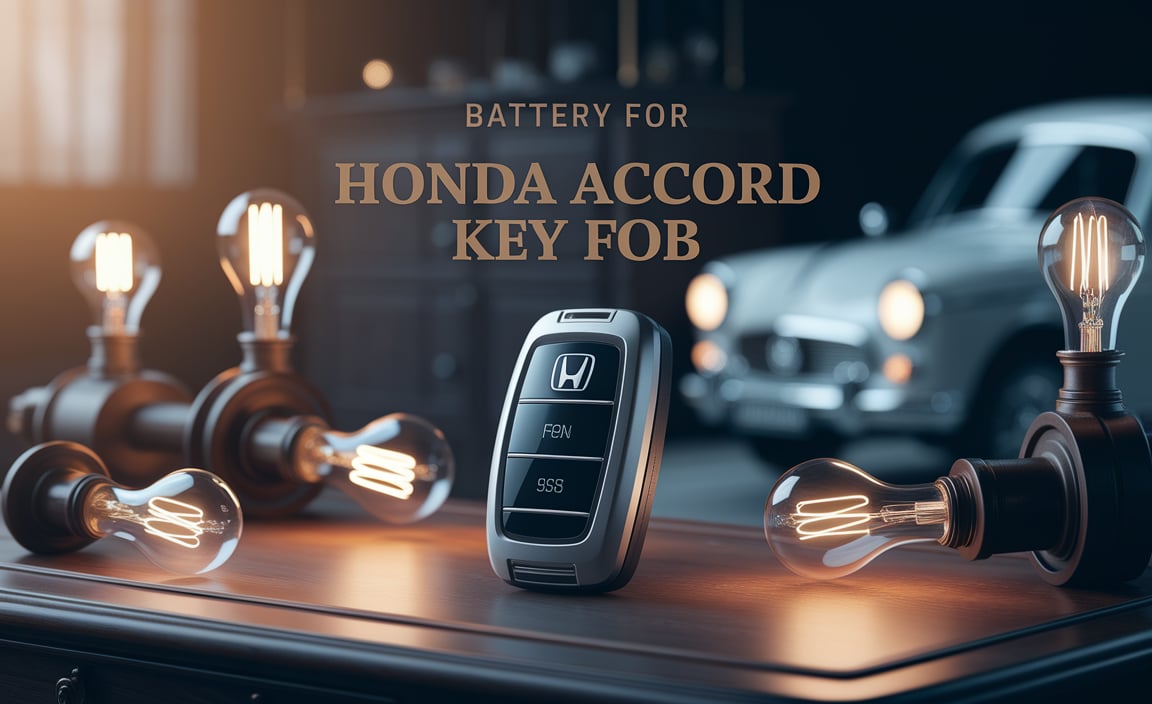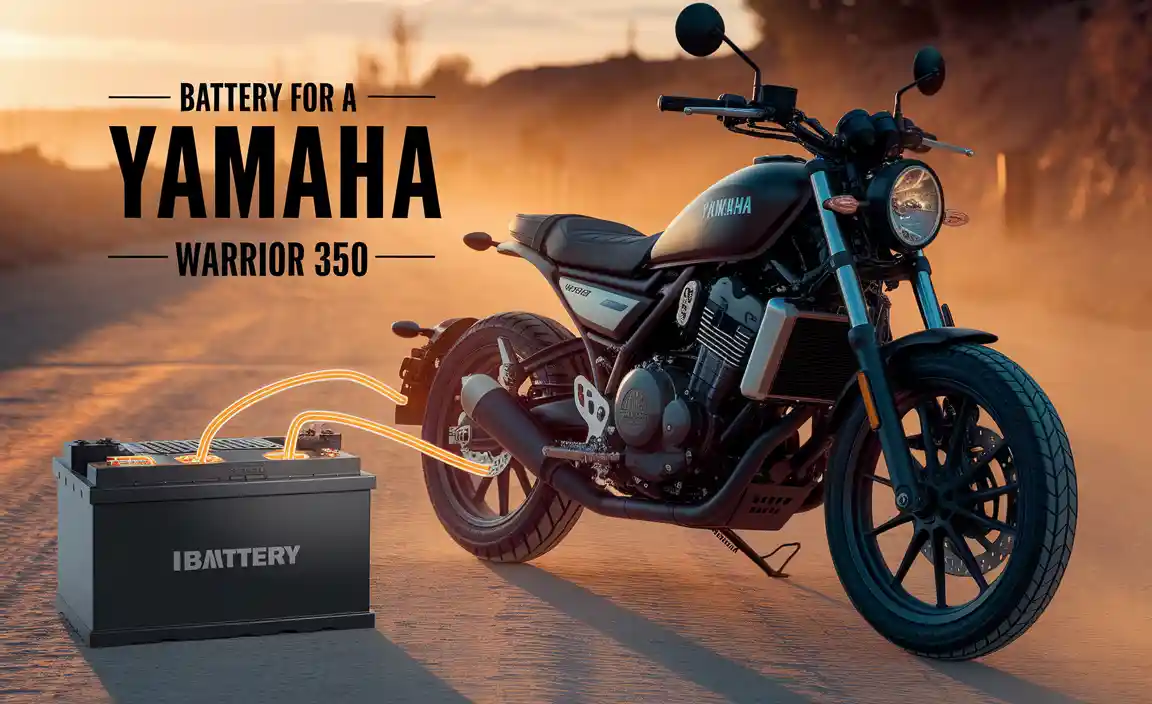Is Supercharging Bad for Battery? Yes, potentially, but it’s nuanced. For most modern devices, fast charging is safe and convenient, with built-in safeguards. However, extreme or constant supercharging can contribute to long-term battery degradation. This guide breaks down what you need to know to keep your batteries healthy while enjoying faster charging speeds.
Is Supercharging Bad for Battery? Your Essential Guide
You’ve probably seen those speedy chargers for your phone, laptop, or even your electric car. They promise to juice up your device in half the time, which sounds amazing, right? But a little voice in the back of your head might wonder: “Is all this super-fast charging actually hurting my battery in the long run?” It’s a common question, and the truth is, it’s not a simple yes or no. Batteries are complex little powerhouses, and how we charge them matters. We’re going to break down the science in an easy-to-understand way, covering everything from your phone to your car, so you can feel confident about how you power up. We’ll look at the technology, the risks, and the best practices to keep your batteries living their longest, healthiest lives.
Understanding Battery Basics: What Makes Them Tick (and Decay)
Before we dive into supercharging, let’s get a basic handle on how batteries, especially the rechargeable lithium-ion ones in most of our gadgets and EVs, work. Think of a battery as a mini energy storage system. It has two main parts: a positive side (cathode) and a negative side (anode). When you use your device, these sides react, creating an electrical current. When you charge it, the magic happens in reverse: the electrical flow forces the reaction to reset, storing energy for later use.
This process involves tiny particles called ions moving back and forth between the cathode and anode. It’s like a busy street with cars moving from the parking lot to the highway and back. Over time, and with lots of these charge-and-discharge cycles, the battery material can wear down. It’s a natural process, like a tire that wears out with use. Factors like extreme temperatures, being kept at 100% or 0% charge for too long, and yes, how fast we charge it, can speed up this wear and tear.
What Exactly IS Supercharging?
Supercharging, or fast charging, is simply a technology that allows a battery to be recharged much quicker than traditional charging methods. It typically involves pushing more electrical power (higher voltage and amperage) into the battery in a shorter amount of time. Different brands have their own names for it – like Qualcomm’s Quick Charge, Samsung’s Adaptive Fast Charging, or Apple’s Fast Charging. For electric vehicles (EVs), “supercharging” usually refers to DC fast charging stations that can add significant range in minutes.
The core idea is to overcome the resistance within the battery and its charging circuitry to deliver power more aggressively. This requires smart communication between the charger, the device, and the battery itself to ensure it’s done safely. Without this communication, trying to force too much power could be dangerous.
The Science Behind Supercharging and Battery Health
So, is this aggressive charging a guaranteed battery killer? Not exactly. Modern battery management systems are incredibly sophisticated. They’re like a clever traffic controller for the ions, ensuring they move as smoothly and safely as possible, even at high speeds. When you plug in your phone to a supercharger, your phone and the charger talk to each other. They figure out the optimal charging rate the battery can handle at that specific moment, considering its temperature and current charge level. It’s not just blindly shovelling power in.
However, pushing batteries harder does generate more heat. Heat is one of the biggest enemies of battery longevity. Think of it like running a marathon: you can do it, but if you push yourself to an absolute sprint the whole way, it’s going to be harder on your body and you might not recover as well. Similarly, consistent, high-speed charging, especially when the battery is already warm, can accelerate the degradation process over months and years.
Heat: The Silent Battery Killer
Let’s talk more about heat because it’s that crucial factor. When ions move quickly, they create friction, and friction produces heat. This is true for both standard and supercharging, but it’s amplified with faster charging. High temperatures can cause:
- Increased chemical reactions within the battery that aren’t related to storing power, leading to material breakdown.
- Damage to the electrolyte, the liquid or gel that allows ions to flow.
- Accelerated loss of capacity – meaning your battery won’t hold as much charge over time.
This is why you might notice your phone feeling warm when it’s supercharging. If it feels excessively hot, that’s a sign that the charging might be too aggressive for those conditions, or the battery management system is working overtime. Most devices will slow down charging automatically if they get too hot to prevent damage.
Charge Cycles and Battery Wear
Every time you charge and discharge a battery, it uses up a “charge cycle.” Batteries have a finite number of these cycles before their capacity significantly decreases. Supercharging might not directly add more cycles, but the increased stress and heat it can cause can potentially make each cycle slightly more damaging than a slower, gentler charge. It’s like a well-worn road; you can drive fast on it, but it might contribute more to wear and tear than driving slowly.
Supercharging Different Devices: What to Know
The impact of supercharging varies depending on the device type and its battery technology. Let’s break down some common ones:
Phones and Smaller Gadgets
For the most part, smartphone manufacturers have built supercharging into their devices with safety in mind. They use intelligent charging algorithms to balance speed with battery longevity. If you’re using a reputable charger designed for your phone (either the one that came with it or a certified third-party option), you’re likely okay.
What to watch out for:
- Overheating: If your phone gets uncomfortably hot during charging, remove it from the charger and let it cool down.
- Using cheap, uncertified chargers: These might not have the proper safety features, leading to overcharging, overheating, or even damaging your phone’s charging port or battery.
- Constant 100%: Leaving your phone plugged in at 100% for extended periods (like overnight, plugged into a supercharger) can still put stress on the battery. Many newer phones have “optimized charging” features to mitigate this by charging to 80% and then finishing just before you typically wake up.
External research from places like Battery University highlights that high temperatures during charging are detrimental. They recommend charging in moderate temperatures (around 25°C or 77°F) for optimal battery health.
Laptops
Laptops often have larger batteries than phones, and they also generate more heat from their processors. Supercharging on laptops is becoming more common, especially with USB-C Power Delivery (PD). Similar to phones, good laptop chargers and charging ports will manage the power flow to prevent immediate damage.
Key considerations:
- Heat during heavy use: If you’re supercharging your laptop while simultaneously running intensive applications, the combined heat from charging and usage can be significant. It’s often best to let it charge first or stop heavy tasks while it powers up quickly.
- Charger compatibility: Always use the charger that came with your laptop or a high-quality, certified USB-C PD charger that matches the wattage requirements.
Power Banks
Power banks are essentially portable batteries. Many modern power banks support fast charging input (to charge the power bank itself quickly) and output (to charge your devices quickly). The same principles apply: faster charging generates more heat.
Tips for power banks:
- Charge in a cool place: When charging your power bank, do so in a well-ventilated area, not under a pillow or on a soft surface that can trap heat.
- Understand its limits: Not all power banks are created equal. Cheaper ones might not regulate heat or power as well as premium brands.
Electric Vehicle (EV) Batteries
This is where “supercharging” really takes center stage, referring to DC fast chargers that can add hundreds of miles of range in 20-30 minutes. EV batteries are massive, and the systems managing them are incredibly advanced, designed precisely for this kind of high-power charging.
The EV battery-charging dynamic:
- Thermal Management: EVs have sophisticated liquid cooling systems for their batteries. These systems actively manage temperature during charging, especially fast charging, to keep the battery within safe operating ranges. This is crucial because EV batteries are large and pushing so much power creates substantial heat.
- Battery Degradation: While manufacturers design for fast charging, repeated, constant use of the fastest public DC chargers can contribute to slightly accelerated battery degradation over the car’s lifespan compared to slower Level 2 charging (like you’d use at home overnight). However, this degradation is usually factored into the vehicle’s warranty and expected lifespan. Most EV owners use a mix of charging types.
- DC Fast Charging vs. Home Charging: For daily commuting, charging at home with a Level 2 charger overnight is generally considered the gentlest method for the battery, as it’s slower and generates less heat. DC fast charging is fantastic for road trips or when you need a quick top-up.
According to the U.S. Department of Energy’s Alternative Fuels Data Center, understanding charging levels is key. Level 3 (DC Fast Charging) is the quickest but can generate more heat than Level 1 (standard outlet) or Level 2 (240V). For most users, a mix is ideal. The car’s battery management system plays the most critical role in mitigating potential harm from fast charging.
When is Supercharging Actually Bad?
While modern tech is smart, there are scenarios where supercharging can be detrimental:
- Extreme Heat: Charging any battery (phone, laptop, EV) in direct sunlight or a very hot environment while using supercharging is asking for trouble. The ambient heat combined with charging heat can push the battery into damaging temperature zones.
- Using Damaged Equipment: If your charger is frayed, your charging port is bent, or your device’s battery health is already significantly degraded, supercharging can exacerbate existing problems.
- Unregulated or Cheap Chargers: This is a big one. Chargers that don’t communicate properly with your device can bypass safety protocols, leading to overvoltage, overheating, and severe damage. Always stick to reputable brands and certified products.
- Forcing It When It’s Not Needed: If you have plenty of time to charge (e.g., overnight at home), opting for a slower charge can be beneficial for long-term battery health.
Maximizing Battery Life: Tips for Every Device
Whether you’re using supercharging or not, there are universal tips to keep your batteries happy:
For Phones and Gadgets:
- Use Certified Chargers: Always go for manufacturers’ original chargers or reputable third-party chargers with certifications (like USB-IF, MFi for Apple).
- Avoid Extreme Temperatures: Don’t charge in direct sunlight, hot cars, or freezing conditions. A cool, room-temperature environment is best.
- Don’t Constantly Keep at 100%: If your device has an “optimized charging” or “battery care” feature, use it. If not, try to avoid leaving it plugged in at 100% for days on end. Unplugging it once it hits 80-90% and topping it up later is a good habit if feasible.
- Avoid Full Discharges: Letting your battery drain completely to 0% frequently can also be stressful. Try to keep it between 20% and 80% for optimal longevity.
- Manage Heat During Charging: If your device feels very hot, unplug it for a bit. Remove bulky cases if they seem to trap heat.
For Laptops:
- Use the Right Adapter: Stick to your laptop’s original charger or a quality replacement that matches its power requirements.
- Consider Battery Care Software: Many laptop manufacturers offer software that can limit charging to 80% to preserve battery health, especially if you’re mostly plugged in.
- Ventilation is Key: Ensure your laptop’s air vents are clear, especially when charging, as this helps dissipate heat.
For Electric Vehicles:
This is a bit more complex and often managed by the car itself, but here are some user-side tips:
- Mix Your Charging: Use slower Level 2 charging at home for daily use whenever possible. Reserve DC fast charging (supercharging) for road trips or when a quick charge is necessary.
- Avoid Charging to 100% Regularly: For daily driving, charging to 80% or 90% is often recommended by manufacturers and helps reduce strain on the battery, especially for long-term health. Most EVs allow you to set a charging limit.
- Stay Aware of Battery Temperature: If you’re using a DC fast charger in extreme hot or cold weather, the car’s battery management system will work harder. While you can’t directly control this external cooling, be mindful that extreme ambient temperatures can add stress.
- Consult Your Car’s Manual: Modern EVs have detailed information in their user manuals about battery care and charging best practices specific to their models.
A Quick Look at Charger Technologies
It’s helpful to understand that not all “supercharging” is the same. The technology relies on communication protocols.
| Technology | Typical Use | How it Works (Simple) | Battery Impact Notes |
|---|---|---|---|
| USB Power Delivery (USB PD) | Smartphones, Laptops, Tablets | Negotiates voltage and current between charger and device. Very flexible. | Generally safe and efficient, but heat can still be a factor. |
| Qualcomm Quick Charge (QC) | Many Android Smartphones, Various Gadgets | Proprietary standard that increases voltage or amperage. | Generally safe with compatible devices; newer versions are more efficient. |
| Samsung Adaptive Fast Charging / Super Fast Charging | Samsung Smartphones | Based on Qualcomm QC or USB PD standards, optimized for Samsung devices. | Designed for Samsung devices; using on other brands may result in slower charging or no fast charging. |
| DC Fast Charging (e.g., CCS, CHAdeMO, Tesla Supercharger) | Electric Vehicles | Delivers high-power DC directly to the EV battery, bypassing the car’s onboard charger. Uses liquid cooling. | Most efficient charging method for EVs, but high intensity can contribute to faster degradation over very long periods compared to Level 2. |
| Basic USB Charging (5V/0.5A-2.4A) | Older Phones, USB Devices, Low-Power Gadgets | Standard, lower power output. | Slowest charging but generally the most gentle on batteries due to low heat generation. |
FAQs: Your Supercharging Questions Answered
Q1: Will supercharging definitely ruin my phone battery?
A: No, not definitively. Modern phones have systems to prevent immediate damage. However, constant supercharging, especially in hot conditions, can contribute to faster battery wear over years compared to slower charging.
Q2: Should I use supercharging every time?
A: It’s often better to use it when you need a quick charge. If you have plenty of time (like overnight), a slower, standard charge can be gentler on the battery for long-term health.
Q3: What’s the biggest danger with supercharging?
A: Heat is the biggest enemy. Supercharging generates more heat, and excessive heat is bad for battery chemistry. Always charge in a cool, well-ventilated place.
Q4: Is it okay to use a supercharger from a different brand?
A: It’s best to use chargers designed for your device or certified universal chargers (like USB PD). Using a charger that doesn’t communicate properly with your device can be risky and may not even provide fast charging.
Q5: How does supercharging affect electric car batteries?
<





